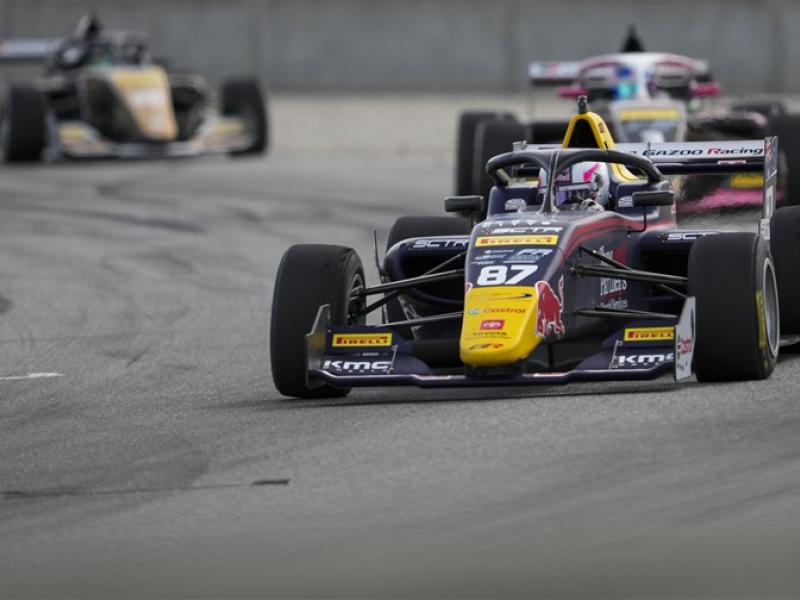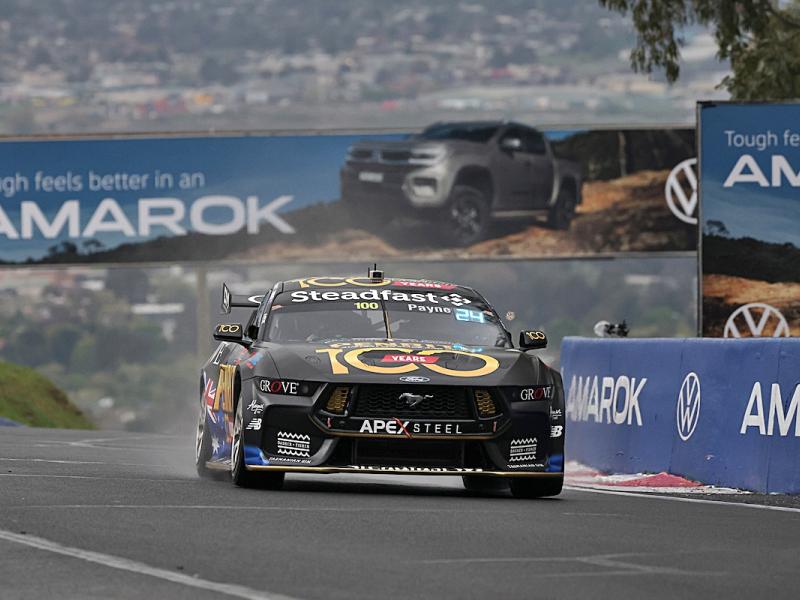|
Honda Motor Company says that shifting to electric power is the most effective way to reduce C02 emissions. It will continue to develop affordable hybrid vehicles without the premium price tag of those from other manufacturers. Climate change and energy sustainability will be the main global driver behind new alternative fuel sources for automotive technologies says Shinohara-san. While Honda is involved in developing Hydrogen refuelling and power systems for the FCX Clarity hydrogen-powered vehicle which is being leased to customers in Southern California and it is also developing its own R&D centre in Japan for cellulosic bio fuel production, both of these technologies are constrained by the availability of infrastructure to global markets. In Brazil Honda offers a Civic model that can run on E100 ethanol fuel, and there is also an exclusive natural gas-powered (CNG) Honda Civic model offered to the Southern California market, but again these are local rather than global solutions. Shinohara-san says by 2050 the world’s car population will have trebled from that of today, yet the C02 emissions will have to be halved. Honda is accelerating its development of affordable hybrid petrol electric technologies so that in the future there will still be blue skies for our children to enjoy according to Shinohara-san. “All cars will have to offer some form of hybridisation in the next twenty years,” says Shinohara-san. “Honda’s philosophy to reduce C02 is ensuring its hybrid vehicles offer benefits and a price tag that is attractive to the mass market.” Honda wants to offer affordable Hybrids to the mass-market and according to Shinohara-san it will launch its new five-door Insight hybrid into New Zealand later in 2010 at a comparable price to the current Civic Hybrid models. The sporty CR-Z hybrid coupe which has recently been launched and a new Jazz Hybrid currently under development will eventually follow the Insight. Creating cleaner engine technology is not new to Honda. The Honda Civic was the first vehicle to meet the requirements of the 1970 USA clean air act through the development of its 1.2 litre CVCC engine.
|
|






